City Limits
From November 8 to December 9, 2017
Exhibit Opening
November 8, 2017 at 6pm
Curator(s)
Artist(s)
Location
The Gallery at VCUarts Qatar
Acknowledgment
City Limits presents the works of Sajjad Abbas and Laith K. Daer, artists and frequent collaborators who have developed their work in Baghdad, using the physical space and interactions within the city as a living organizer of how, and why, they work.
Choreography, graffiti, and documented public installation experiments comprise the exhibition. There are small moments, filmed inside throwaway cars, and large questions, hung boldly on the façcade of buildings. In between pleas of not to shoot, accusations, and confessions, is the sincerity of defiance, close close-ups and composed shots working not against, but in urgent, sustained opposition to silence.
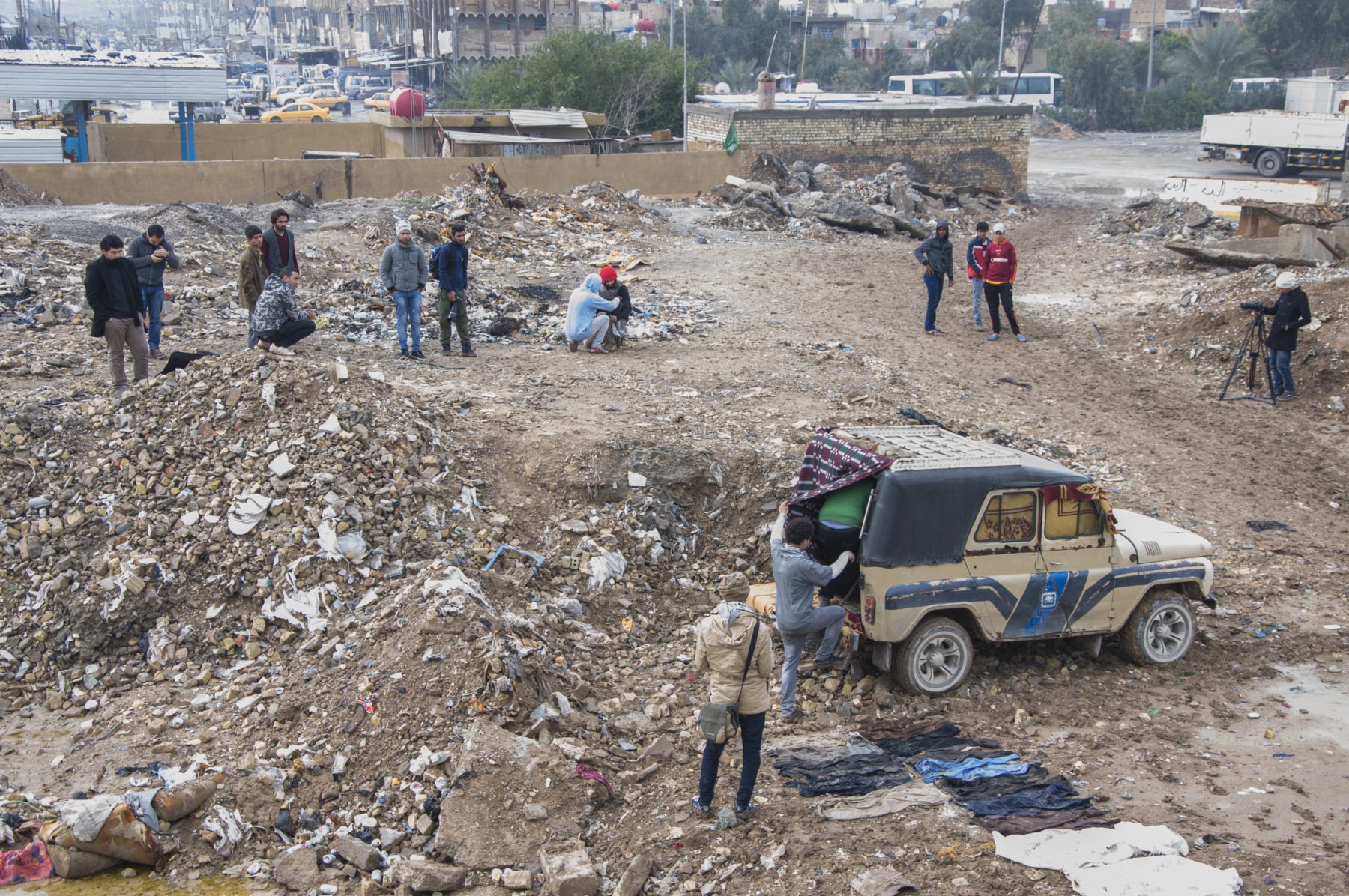
Curator statement
By Rijin Sahakian
City Limits presents the works of Sajjad Abbas and Laith K. Daer, artists and sometime collaborators who have developed their work by using the physical space and interactions within the city as a living organizer of how, and why, they work.
Choreography, graffiti, and documented public installation experiments comprise the exhibition. There are small moments, filmed inside throwaway cars, and large questions, hung boldly on the facades of buildings. The second largest city in both Western Asia and the Arab World, this major metropolis is notorious today for being the embattled Iraqi capital of Baghdad. What is less understood is its place in history as one of the most active, longstanding capitals of creative practice, from architecture and poetry to theater and sculpture.
It is this kind of nuanced history, one infused with oral, visual and written traditions, along with the complex everyday rituals and interpersonal interactions that any major city dweller can attest to, which their work emerges from. While the more recent history of Baghdad is omnipresent in the exhibition, the fact that Abbas and Daer live and work from a richly layered urban context is equally important. The works they have produced are urgent in their desire to be seen and heard at a particular time and place, a desire met by using the spaces in their neighborhoods and surrounding areas as a functional exploratory device. Their ownership of subjects and environments is explicit – no building is too high to scale, site too remote to enter. Responses to the questions and statements posed however, remain elusive, implicitly unsatisfactory.
Abbas’ questions are posed as accusations of truth. In I Can See You, the ferocious frustration of the public with the Iraqi government’s inability and unwillingness to address the violent corruption that had seized Baghdad was turned into a billboard. The Green Zone, home to the US embassy and Iraqi politicians, is heavily fortified, inaccessible to the Iraqi public the zone purportedly serves. Short of access, Abbas documents his fury by creating his own direct line. Setting upon a high rise building overlooking the Green Zone but outside its fortifications, he documents himself painting his massive message, I Can See You. He speaks here both for himself, and for the city’s unheard – unsatisfied by anything less than a statement he knows will be seen by all. Regular inhabitants, yes, but also those who seek to retain and isolate themselves physically, legally, and ethically. Here, he retakes this geographic delineation of power and turns it on itself.
In Daer’s works, he methodically poses questions to friends, collaborators, and other participants in his video work, The Border of the City. Here, he takes a symptom of the city – its regular exposure to car bombs – and sets up his own kind of theater to discuss it. Again, he does this in a way that is inclusive and part of his own history – the video shows the participants not only inside the abandoned military car that serves as the central piece of the work, but walking to the junkyard the work is set in, helping him with equipment, discussing aspects of the project, and then finally, taking part in the staging he has built for himself, and for them, to experience. The questions here are not unlike the questions less literally posed in his second work, The Space of the Cafe. Both are tied to how one person, any person, can process the witnessing of death, not as a lone event, but on the scale that Iraqis have witnessed, been a part of, lost a member of their family or limb to. When the boogeyman is real, how do you deal with life side by side?
In these pieces, there is no reimagining a different city, a different possibility of the future. Instead, the artists use their work as a way to make real a power in their present, a power to critique, to discuss pain, to acknowledge the ever thinning line of life and death, survival and determination. And to do it with one another-your friends, other artists, those you love. To battle isolation in form and in the function of production. In between pleas not to shoot, accusations, and confessions, is the sincerity of defiance, close ups and composed shots working in urgent, sustained opposition to silence.
The artists use their work as a way to make real a power in their present, a power to critique, to discuss pain, to acknowledge the ever thinning line of life and death, survival and determination.
- Curator Rijin Sahakian
Moments of Possibility:
The Art of Laith K. Daer and Sajjad Abbas
By Sarah Rogers
City Limits features works by two emerging artists based in Sadr City, Baghdad: Laith K. Daer and Sajjad Abbas. Both are graduates of the Baghdad Institute of Fine Arts, an institution that has trained some of the country’s most celebrated modern and contemporary artists. Daer and Abbas are friends, colleagues, and sometimes collaborators, who work on a range of mixed media projects from graffiti on city walls to urban interventions and video installations.
As captured by the exhibition’s title, this body of work explores both the geographical frontiers of the city and the limitations that the city imposes on its inhabitants. And in Baghdad, besieged by massive terrorizing violence for more than a decade now, the streets themselves have deteriorated into a battlefield with erratic boundaries that often prove life threatening. Amidst a devastating occupation, sectarian hostilities, a brutal battle against Daesh, and massive internal displacement, the fabric of communal urban space and, in turn, civil society, is endangered.
In this exhibition, we witness the work of two courageous young artists who intervene in a city where violent instability is a persistent threat. By directly engaging the city and its inhabitants, Daer and Abbas momentarily reclaim a part of Baghdad, transforming the rubble of the city into, once again, a place of creativity and dialogue.
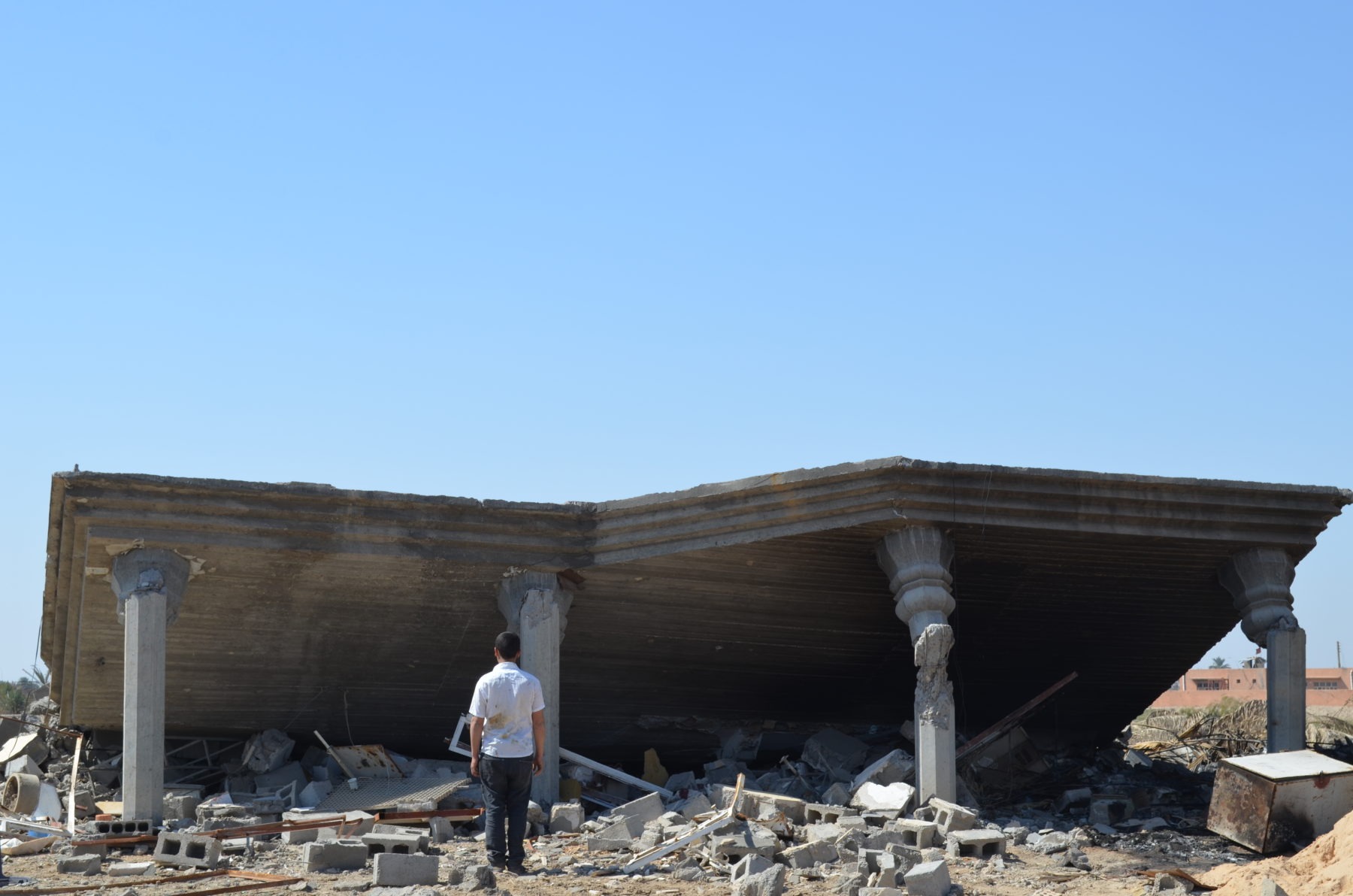
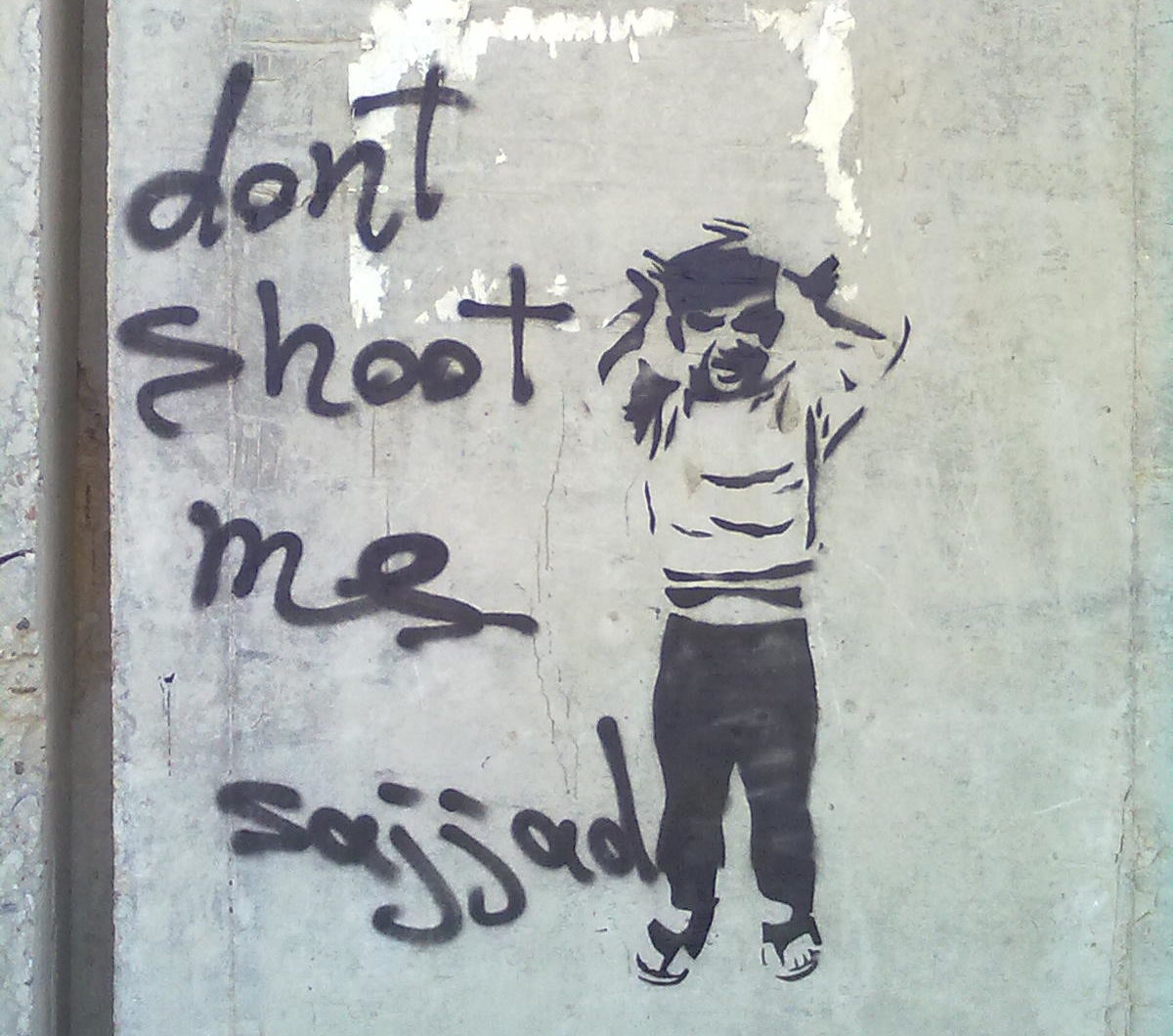
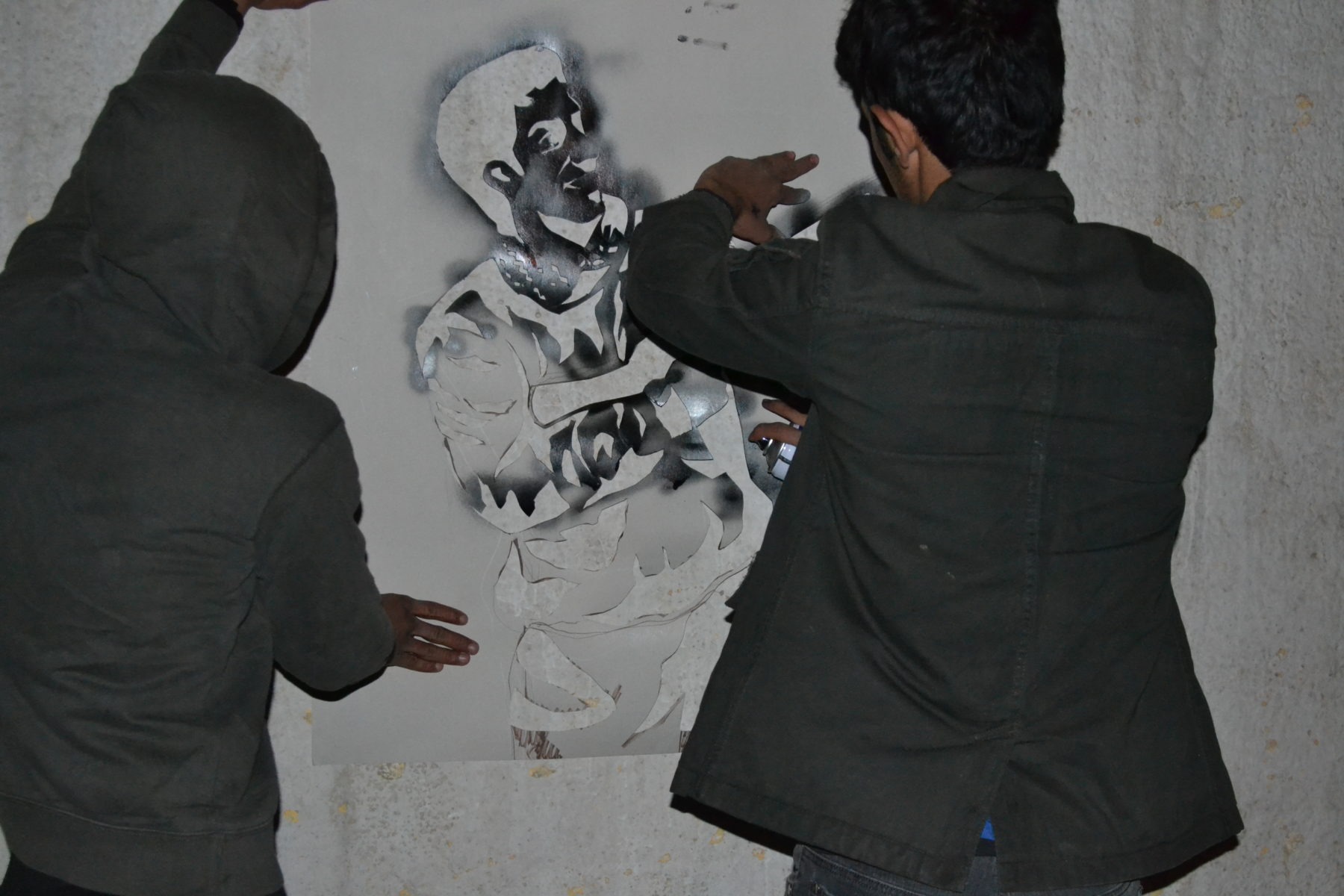
Biographies
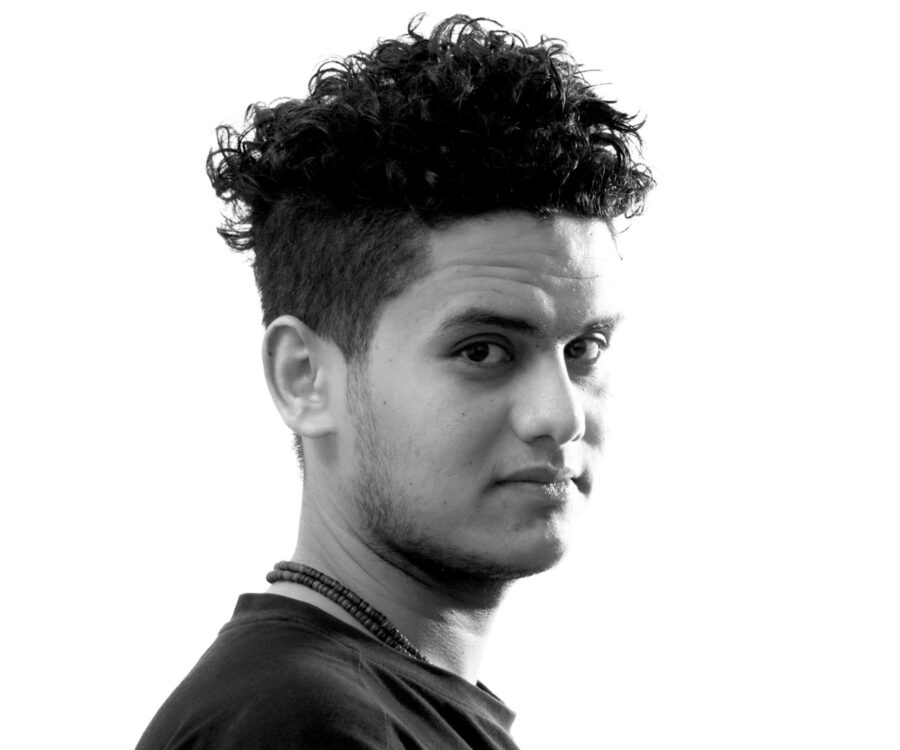
Laith K. Daer is a visual artist working with photography, video and experimental film.
A recent graduate of the Baghdad Art Institute. Daer’s first experimental film, New File, was written and directed in 2013 and won Best Film at the 3 Minute Festival. The film was later shown at the National Center for Culture and Arts in Amman in 2014 and at the Iraqi Independent Film Center in 2013. The film was also screened at various festivals and events in Baghdad, Hilla and Najaf.
The Border of the City, a video installation and performance, was shown on the streets of Baghdad in 2014.
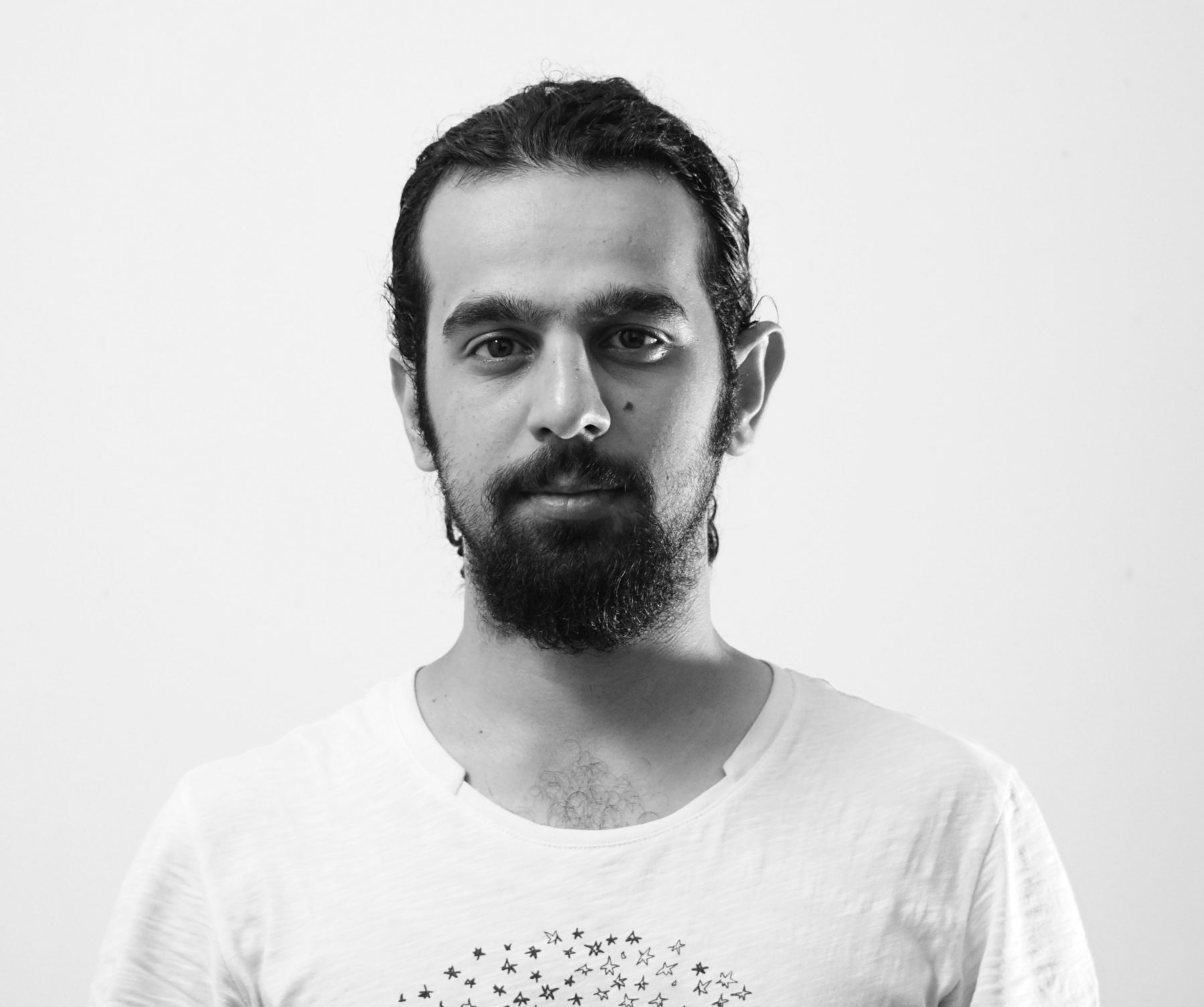
Sajjad Abbas is a graduate of the Institute of Fine Arts, Baghdad (2014).
Abbas works with graffiti in public and private spaces, and in 2011 began working in the art department at the Iraqi Independent Film Center. As part of his work at the center he has participated in creating art for eight films, and has completed two of his own animation films.
His most recent film, Iraqi Superman, was completed in 2014 and won best animated short film at the Maremetraggio ShorTs International Film Festival in Italy in 2016. He currently works at Alhurra TV in Iraq as a video editor in addition to his projects.
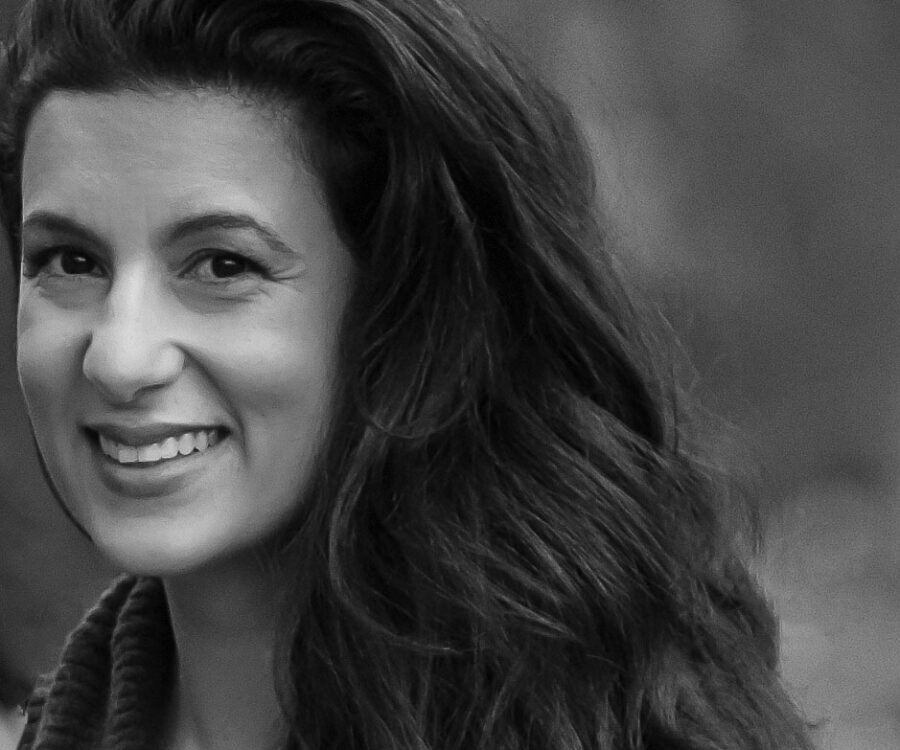
Rijin Sahakian is a writer and arts organizer. Sahakian received her M.A. in Politics and Cultural Policy from New York University.
Sahakian was awarded a graduate Fulbright Fellowship for research in Amman, Jordan and founded Sada, a non-profit project conducting arts education, advocacy, and production programs for Baghdad-based artists, which she directed from 2011 until its closure in 2015.
She has contributed writing to various artist projects and publications, and presented workshops and lectures at arts and educational institutions including the Rhode Island School of Design; California College of the Arts; Darat al Funun in Amman, Jordan; and marra.tein in Beirut, Lebanon.
Sahakian was a visiting faculty member at the California Institute of the Arts and guest curator at the Department of Cultural Affairs, City of Los Angeles where she organized the exhibition, Shangri La: Imagined Cities, and accompanying critical reader/catalogue.
Public Programming
Nov. 8, 2017 ― 12:30 to1:30 PM
Opening reception with artists Sajjad Abbas and Laith K. Daer
Nov. 9, 2017 ― 12:30 to 1:30 PM
Qatar Foundation Art Trail: Guided tour with artists Sajjad Abbas and Laith K. Daer